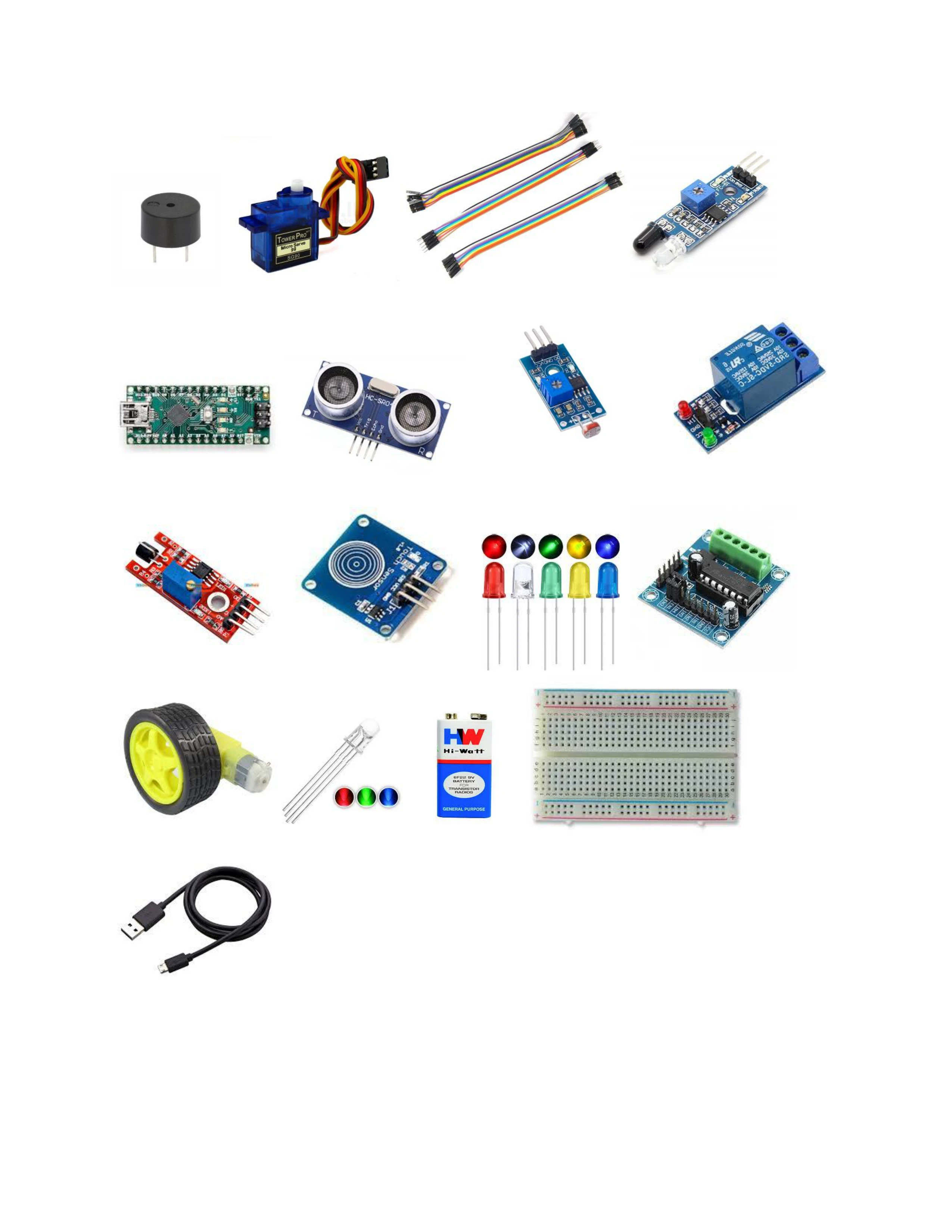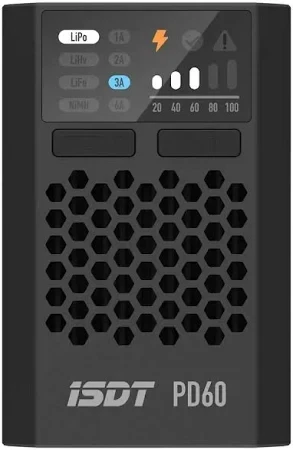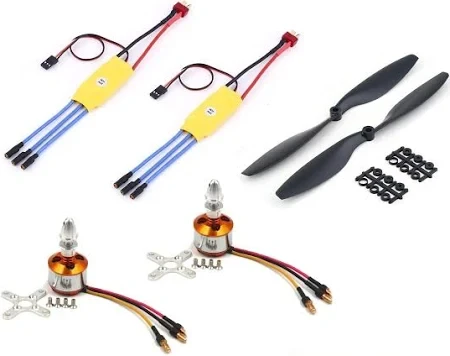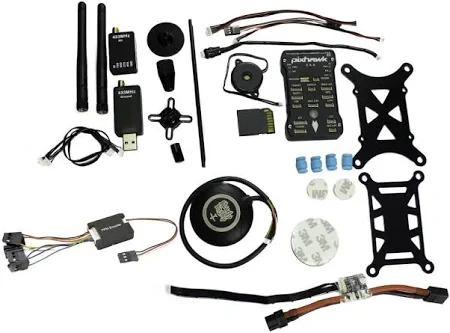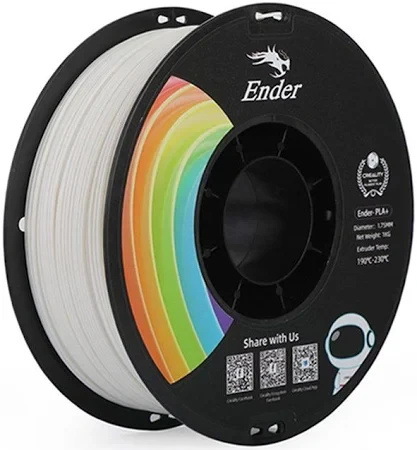The NVIDIA Jetson Orin Nano Super Developer Kit is an upgraded edge AI development platform from NVIDIA designed to deliver significantly enhanced performance for generative AI, vision, robotics, and IoT applications, while retaining the compactness and energy efficiency of the Orin Nano line. It is ideal for research labs, academic hands-on projects, prototype deployment, and embedded systems where inference of modern AI/ML models is required on the edge. Key Improvements / “Super” Enhancements
-
A new higher power mode (TDP mode) unlocks boosted clock speeds for CPU, GPU, and memory.
-
Memory bandwidth increased from ~ 68 GB/s to ~ 102 GB/s.
-
GPU clock frequency raised from ~ 635 MHz to ~ 1,020 MHz under boosted mode.
-
CPU frequency raised from ~ 1.5 GHz to ~ 1.7 GHz under boost.
-
AI Performance (Sparse INT8) increased from ~ 40 TOPS to ~ 67 TOPS.
Technical Specifications| Component | Specification |
|---|
| CPU | 6-core ARM Cortex-A78AE v8.2 (64-bit), ~1.7 GHz in “Super” mode (original mode ~1.5 GHz) | | GPU | NVIDIA Ampere architecture; 1,024 CUDA Cores, 32 Tensor Cores; GPU clock up to ~ 1.020 GHz in Super mode | | Memory | 8 GB LPDDR5, 128-bit bus; memory bandwidth ~ 102 GB/s in boosted mode | | AI Performance | ~ 67 TOPS (Sparse INT8) under boost; Dense and FP16 performance also improved (e.g. ~ 33 TOPS Dense) | | Power / Thermal | Supports multiple power modes: ~ 7 W, ~ 15 W, up to ~ 25 W depending on thermal budget and workload. | | Storage & Expansion | SD card slot + support for external NVMe via M.2 Key-M; also M.2 Key E, etc., depending on carrier/board. | | Cameras / Vision Interfaces | At least 2 × MIPI CSI-2 connectors for camera modules; up to multiple CSI lanes depending on carrier; supports high resolution / multi-camera. | | I/O Interfaces | USB (multiple USB 3.2 Gen2 Type-A ports), USB-C port for UFP, Gigabit Ethernet, DisplayPort / eDP / HDMI depending on carrier, 40-pin expansion header (GPIO / I2C / SPI etc.), fan headers, etc. | | Operating Conditions | Typical ambient operating temperature ~ 0-35 °C; higher power modes require good cooling / thermal management. |
Common Use Cases
-
Generative AI & Large / Vision-Language Models: Running smaller transformer-based LLMs, VLMs, and ViTs locally on edge devices.
-
Robotics & Autonomous Systems: Real-time vision, perception, sensor fusion, image recognition onboard robots or drones.
-
Edge Vision & IoT Analytics: Deploying inference pipelines for object detection, surveillance, anomaly detection, environmental monitoring.
-
Multimedia Processing: Video decoding / streaming; possibly encoding depending on load.
-
Education, Research, Prototyping: Labs working with AI/ML, embedded systems, wanting a platform that supports modern frameworks (TensorRT, PyTorch, etc.).
Research / Embedded System Value
-
The ability to boost performance via software / firmware update (JetPack SDK) means that existing Orin Nano Developer Kits can be upgraded to “Super” capabilities without new hardware.
-
High TOPS and memory bandwidth at relatively moderate power consumption allows researchers to experiment with more demanding models at the edge.
-
The diversity of I/O, camera support, and strong software support (frameworks, SDK, tools) means faster iteration for embedded / robotics / AI systems.
-
Useful in contexts like Indian labs / IoT startups where deployment cost, power, and robustness matter; the “Super” mode improves performance per watt, extending usability in constrained environments.
|








